Lexical Segmentation In Slovak And German
All humans are equipped with perceptual and articulatory mechanisms which (in healthy humans) allow them to learn to perceive and produce speech. One basic question in psycholinguistics is whether humans share similar underlying processing mechanisms for all languages, or whether these are fundamentally different due to the diversity of languages and speakers. This book provides a cross-linguistic examination of speech comprehension by investigating word recognition in users of different languages. The focus is on how listeners segment the quasi-continuous stream of sounds that they hear into a sequence of discrete words, and how a universal segmentation principle, the possible word constraint, applies in the recognition of slovak and german.
{{comment.content}}

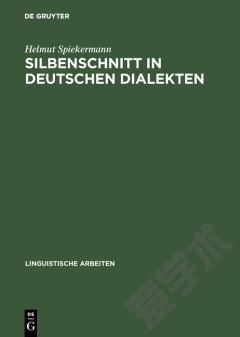
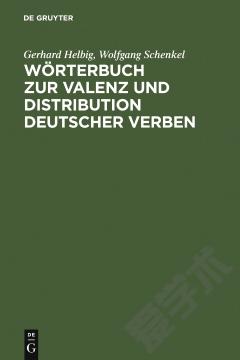
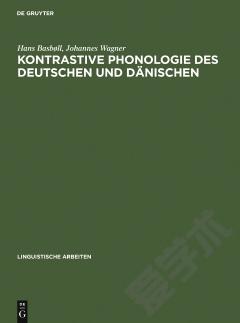

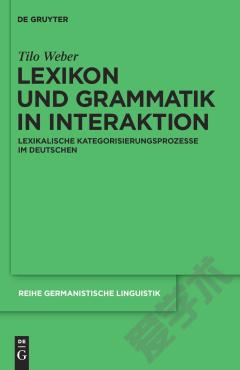
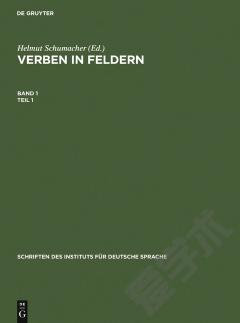

 京公网安备 11010802027623号
京公网安备 11010802027623号